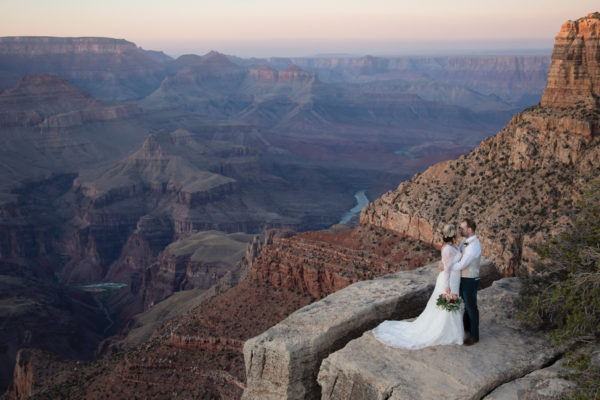Continued (page 5 of 5)
Jewelry made in Asia and Mexico and being sold as Native American is only one part of the problem – some pieces are made by Native artists but include synthetic stones, particularly turquoise, which is becoming harder to find. Elaine Ferrari-Santhon, an instructor with the Gemological Institute of America (GIA) in Carlsbad, Calif., and an avid Native American jewelry collector, says there are basically three types of turquoise: natural, stabilized, and synthetic, the latter of which is usually made from plastic or glass. Stabilized turquoise is still turquoise, she says, but it includes dyes, plastic coatings, and wax to reconstitute a lower-grade turquoise into a durable stone suitable for use in jewelry.
“The benefit to stabilized turquoise is that it won’t change colors over time like the natural stone, which is more porous and tends to get greener due to body oils,” Ferrari-Santhon says. “It should be cheaper, but it should be disclosed to you before you buy a stablized item.”
Unfortunately, sellers don’t always do so; some may not know what they’re selling isn’t authentic. In the past, iewelry stamped “sterling” or “.925” or pieces stamped with the artisan’s hallmark have been reliable indicators of authenticity but no longer. Phillips says unscrupulous silversmiths are marking jewelry as sterling silver when it’s actually made from a metal such as nickel. They are also copying the hallmarks and signatures of well-known artists.
“Even experts are fooled by fakes nowadays,” she says.
Sellers and experts constantly educate themselves and are careful about where they buy their jewelry. Carol Watters, co-owner of Hoel’s Indian Shop in Oak Creek Canyon – one of Sedona’s oldest Native American shops, it has been in the same location since 1945 – says even she sometimes has a hard time weeding out the authentic from the fabricated. “We try to only sell jewelry that is handmade from start to finish by the artisan,” she says, “which means even the silver is handcrafted and hand stamped – it’s not spin cast by a machine. I make myself aware of what Native Americans can buy wholesale so I know what’s out there. We also stay away from treated stones.”
So what can you do to ensure the jewelry you purchase is the real deal? Our experts offer these tips.
• Buy from reputable dealers. Don’t assume buying from a Native American-owned business ensures authenticity – Phillips says there have been big problems with fake crafts on Indian reservations. Check to see how long the store has been in business – the longer, the better.
• Ask questions and get the details in writing. What is the name of the artist and his or her tribal affiliation? What materials are used? Are they natural, stabilized, or synthetic? The answer should be written on your receipt – legitimate sellers are happy to do so. If they make excuses, don’t make the deal.
• If it seems like too much of a bargain, it usually is. Be wary of stores offering deep discounts. Genuine, high-end Native American jewelry with natural stones can be pricey.
What can you do if you fear you’ve bought fake Native American jewelry? First, take the item to an appraiser or a trusted source – in Arizona, the Heard Museum in Phoenix and the Museum of Northern Arizona in Flagstaff should be able to authenticate an item. You can also send the piece to GIA for a small fee – call 1-800-421-7250. If you are sure the item is a fake, call the store where you bought it and request a refund. If that doesn’t work, call your state’s attorney general and file a report with the Consumer Fraud Division. You can also report the purchase to the Indian Arts and Crafts Board (1-888-ART-FAKE or www.doi.gov/iacb/).
Phillips says fake jewelry has hurt Native American artists by forcing them to lower prices, or give up. It’s also discouraging young people from learning traditional arts.
“This is very precious and worth protecting,” Pam says. “There is nothing else in this country that is truly American except for Indian crafts.”
MORE NATIVE AMERICAN ARTISTS: Hopi katsina carvers, Acoma potters, Navajo weavers, Hopi potters, jewelers and basket makers, Zuni jewelers and a stone-fetish carver, Navajo sandpainters



